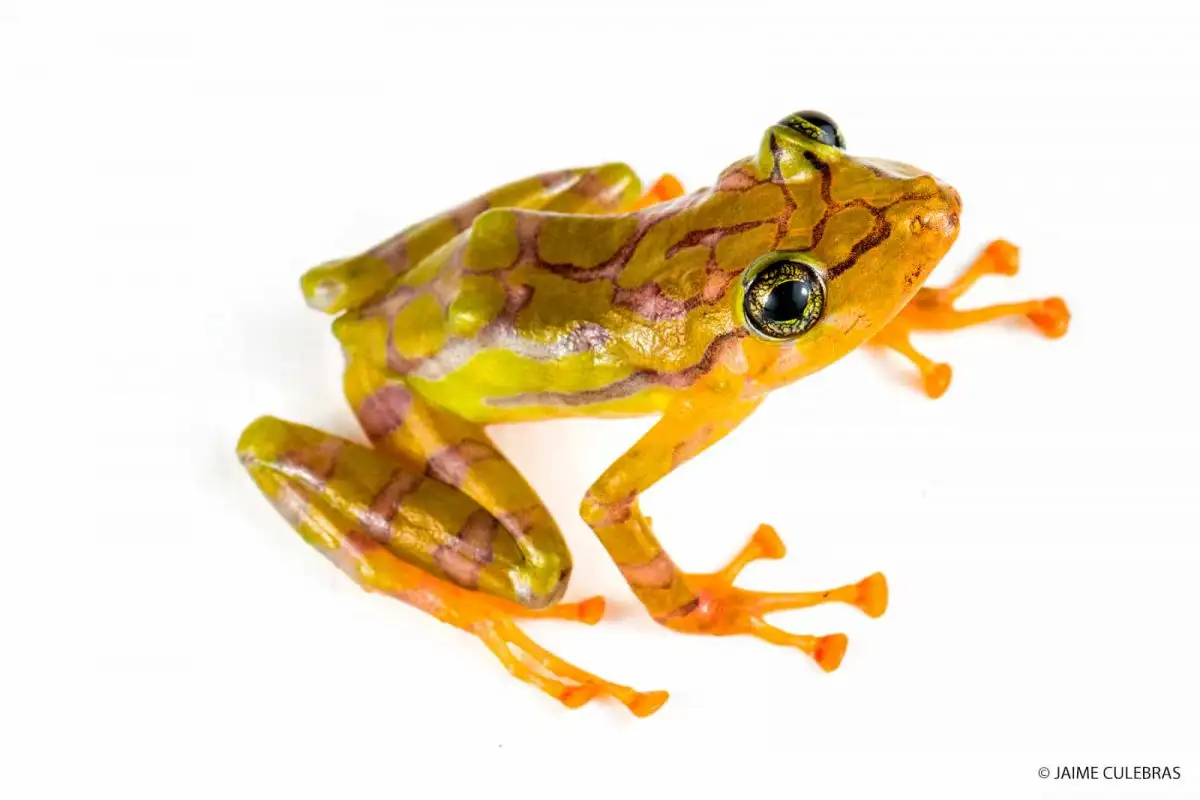Of the different types of amphibians the order of the Anuras is especially interesting and charismatic. Anura means “without tail” and refers to toads and frogs. Of the many families that exist, there are five that are particularly interesting in Mashpi and those have captivated and grabbed the attention of not only those who visit the Lodge but also of many investigators. The groups in question are toads (Bufonidae), glass frogs (Centrolenidae), tree frogs (Hylidae), the mystic venomous frogs (Dendrobatidae) and two families of rain frogs or cutins (Craugastoridae y Strabomantidae).
Amphibians – Toads – Bufonidae
The toad family have short feet and dry, wrinkled skin; they are plump and normally are on the ground croaking in a thick voice. In Mashpi, the most representative toad is the leaf-litter toad (Rhaebo haematiticus), that in Ecuador is found only in the north-western forests of Pichincha and in the province of Esmeraldas, camouflaging itself between the coffee colours of the forest floor.
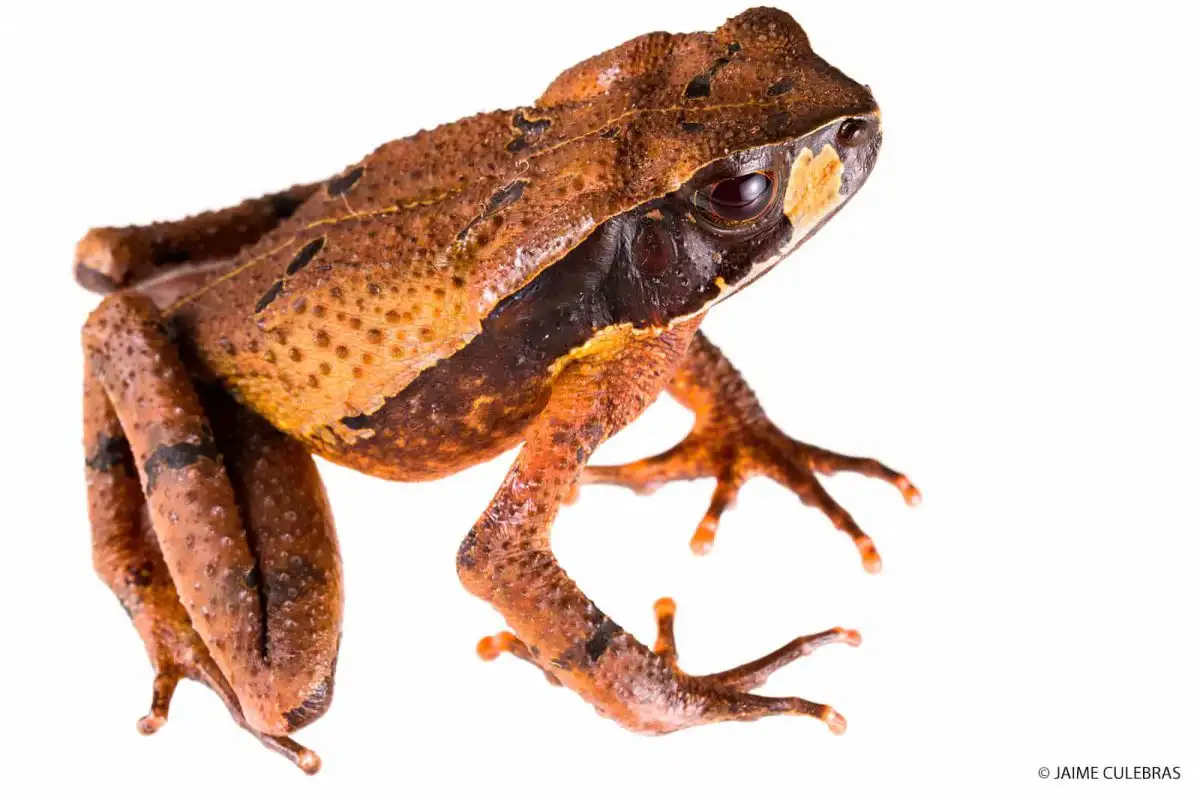
Glass frogs (Centrolenidae)
One of the treasures possessed by the forests of Mashpi is the delicate and beautiful glass frog. This family is made up of small frogs, generally a lime-green colour with little spots of various colours and with the characteristic that their abdomens, and sometimes all their body, are transparent, leaving their organs visible and even showing the green or white colour of their bones.
The atrato glass frog (Hyalinobatrachium aureoguttatum) is a lovely example of these frogs. Well-concealed with its green and yellow colours and a transparency throughout its body, showing its heart and its white bones, this frog is an interesting inhabitant of Mashpi. To see it one must walk through the rivers at night, where there will certainly be a male singing under a heliconia leaf in search of a response from some female higher up. If he manages it, the male then will protect his offspring in the egg stage until they are born and fall into an estuary to develop through metamorphosis.
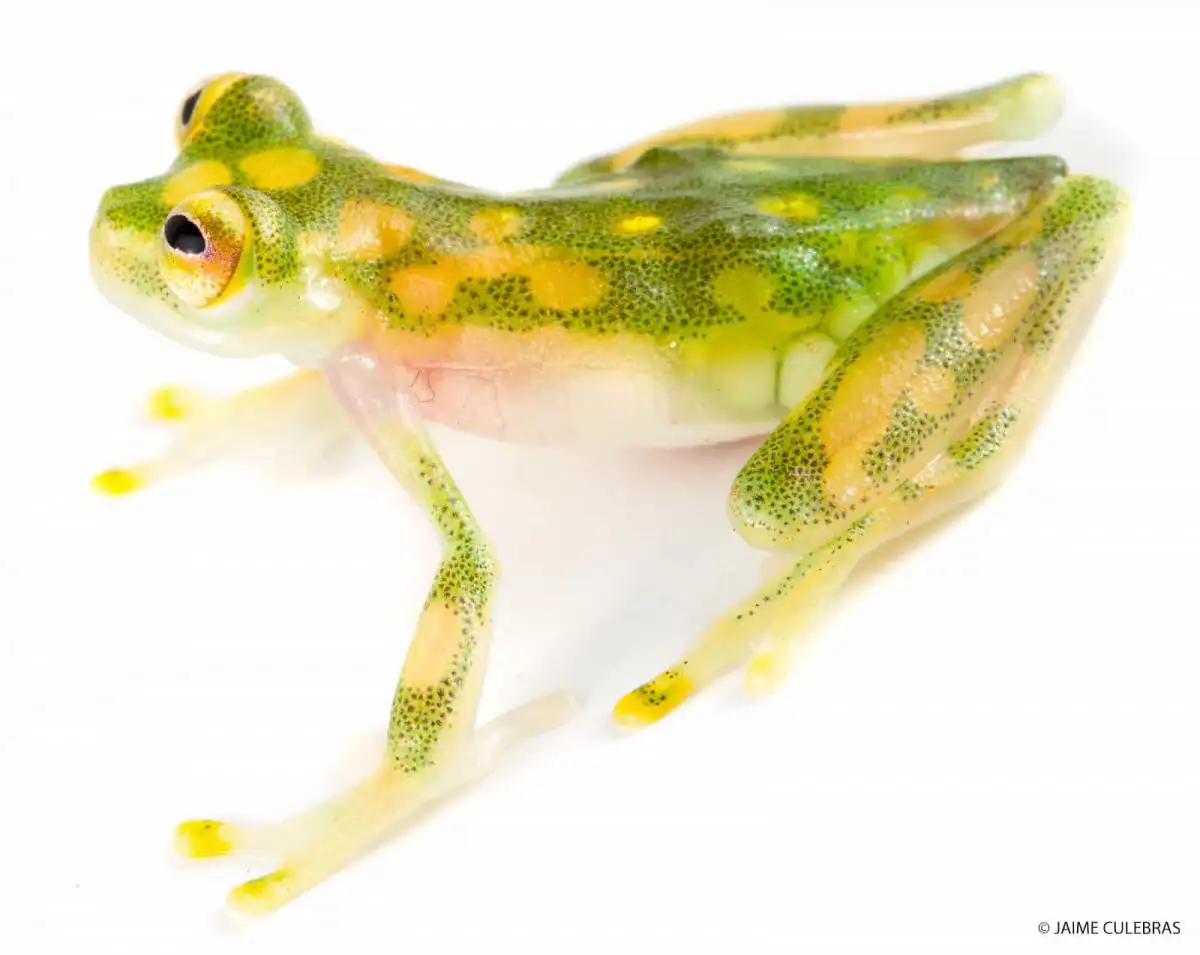
Tree frogs (Hylidae)
The majority of these frogs climb trees and live, admiring the forest from above, a tree-borne life. It is a big family and has a wide distribution throughout the world, characterised by having the ability to climb, with sticky fingers and front-facing binocular vision.
In the Chocó there are so many impressive tree frogs that it is difficult to choose one representative. It would be odd, however, not to mention the frog that carries the name of Mashpi: the torrent-tailed Mashpi frog (Hyloscirtus mashpi). This frog is associated with rivers and bodies water, where it can be observed during night walks. It is abundant and in the reserve is protected and its populations healthy.
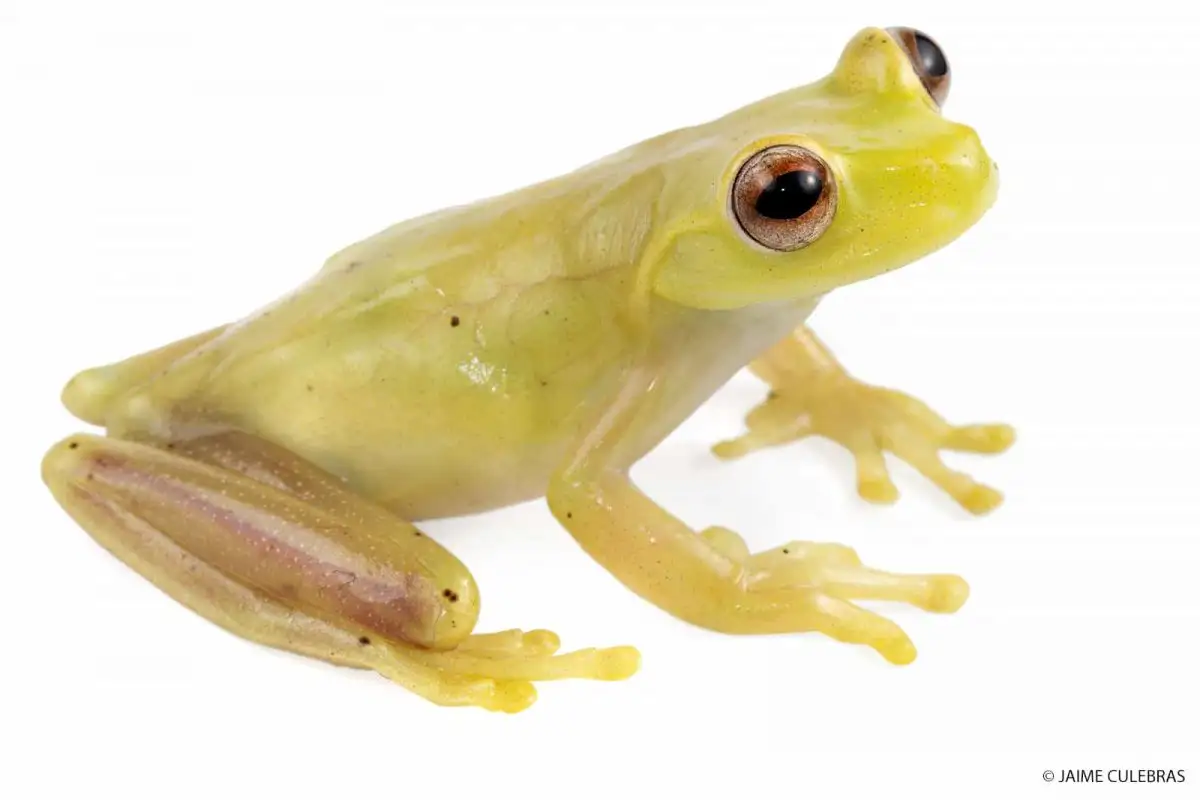
Poison dart frogs (Dendrobatidae)
This family of frogs is amazing and incredibly striking. Despite being very, very small – some of these frogs only measure 15mm – they have a secret weapon, a chemical on their skin. These frogs, only found in Central and South America, many with strong, striking colours as a warning, have the ability to produce strong toxins on their skin thanks to the insects that they eat. They can be heard singing during the day, like a metallic tinkling on the bases of trees and on the ground.
One abundant species in Mashpi, and relatively easy to find for those who have patient eyes and ears tuned in to their songs, is the marbled poison frog (Epipedobates boulengeri). This tiny frog, with white and yellowish lines on the flanks of its coffee-coloured body, is usually on the ground, looking for ants. The males of this species collect their offspring on their back when they are tadpoles and carries them towards nearby estuaries and rivers so that they can develop there.
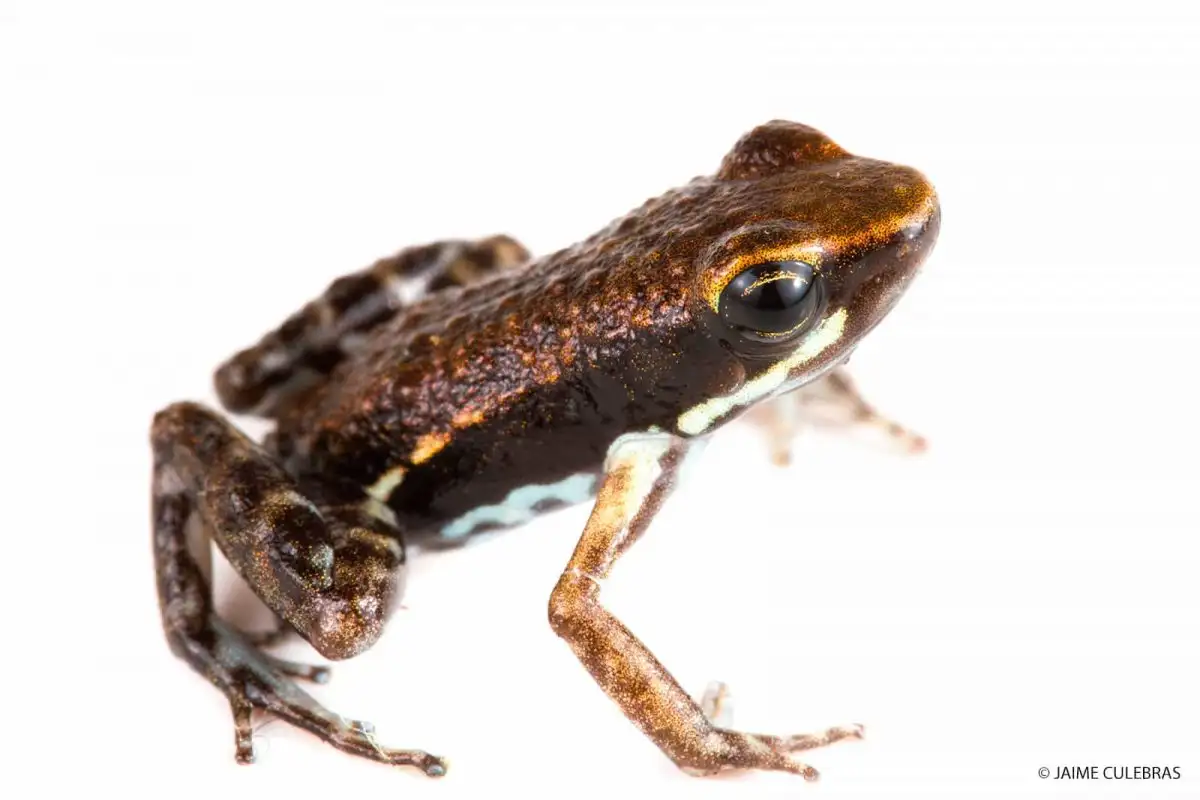
Rain frogs or cutins (Craugastoridae y Strabomantidae)
These are the biggest families of frogs in existence. Despite the fact that they are only found in America, they have more than 600 and 120 species, respectively, and many more to discover.
The most interesting characteristic of these families is that they do not need a body of water to raise their tadpoles, because this state of life does not exist for these creatures. For this reason, they are called rain frogs: as long as there is rain and its humidity, these frogs are able to reproduce and grow without metamorphosis, covering many habitats that lack pools of water or estuaries.
A beautiful example of the Craugastoridae family is the ornate rainfrog (Pristimantis ornatissimus), that, as its name suggests, is decorated in green, yellow, orange and black spots all over its body. This vulnerable species is also endemic to the Mashpi zone, and those that are able to see it can consider themselves fortunate to be able to enjoy its beauty, seeing as it is very uncommon and difficult to observe.
